Navigation
Please do not rely upon GPS digital navigation systems to find your way to Craters of the Moon. Please note that the Visitor Center at 1266 Craters Loop Road is located just off U.S. Highway 20/26/93 and is not accessed via any unpaved roads.
| Title | Craters Of The Moon |
| Park Code | crmo |
| Description | Craters of the Moon is a vast ocean of lava flows with scattered islands of cinder cones and sagebrush. We invite you to explore this "weird and scenic landscape" where yesterday's volcanic events are likely to continue tomorrow. |
| Location | |
| Contact | |
| Activities |
|
| Entrance fees |
Entrance - Private Vehicle
$20.00
This per-vehicle fee applies to private, non-commercial vehicles and provides entrance into the park for seven consecutive days. The fee covers the driver and any passengers.
Entrance - Motorcycle
$15.00
This motorcycle fee provides entrance into the park for seven consecutive days.
Commercial Entrance - Sedan
$25.00
This per-vehicle fee applies to commercial vehicles and provides entrance into the park for seven consecutive days.
Entrance - Per Person
$10.00
This per-person fee provides entrance into the park for seven consecutive days. Youth age 15 and under are free.
Entrance - Education/Academic Groups
$0.00
Classes or groups from accredited academic institutions may apply for a fee waiver ahead of their visit by contacting the park. Academic fee waivers are not granted automatically. Educational groups must apply and meet the two criteria to receive a fee waiver: 1) eligibility and 2) educational purpose and relevance of park resources or facilities. Groups that choose to not make a reservation or apply for an academic fee waiver will be charged the standard entrance fee per vehicle.
Commercial Entrance - Motor Coach
$100.00
This per-vehicle fee applies to commercial vehicles and provides entrance into the park for seven consecutive days.
Commercial Entrance - Van
$40.00
This per-vehicle fee applies to commercial vehicles and provides entrance into the park for seven consecutive days.
|
| Campgrounds | Count: 1
Lava Flow Campground
|
| Places | Count: 9
Big CratersA short, steep hike provides sweeping views of these impressive neighboring cinder cone craters. 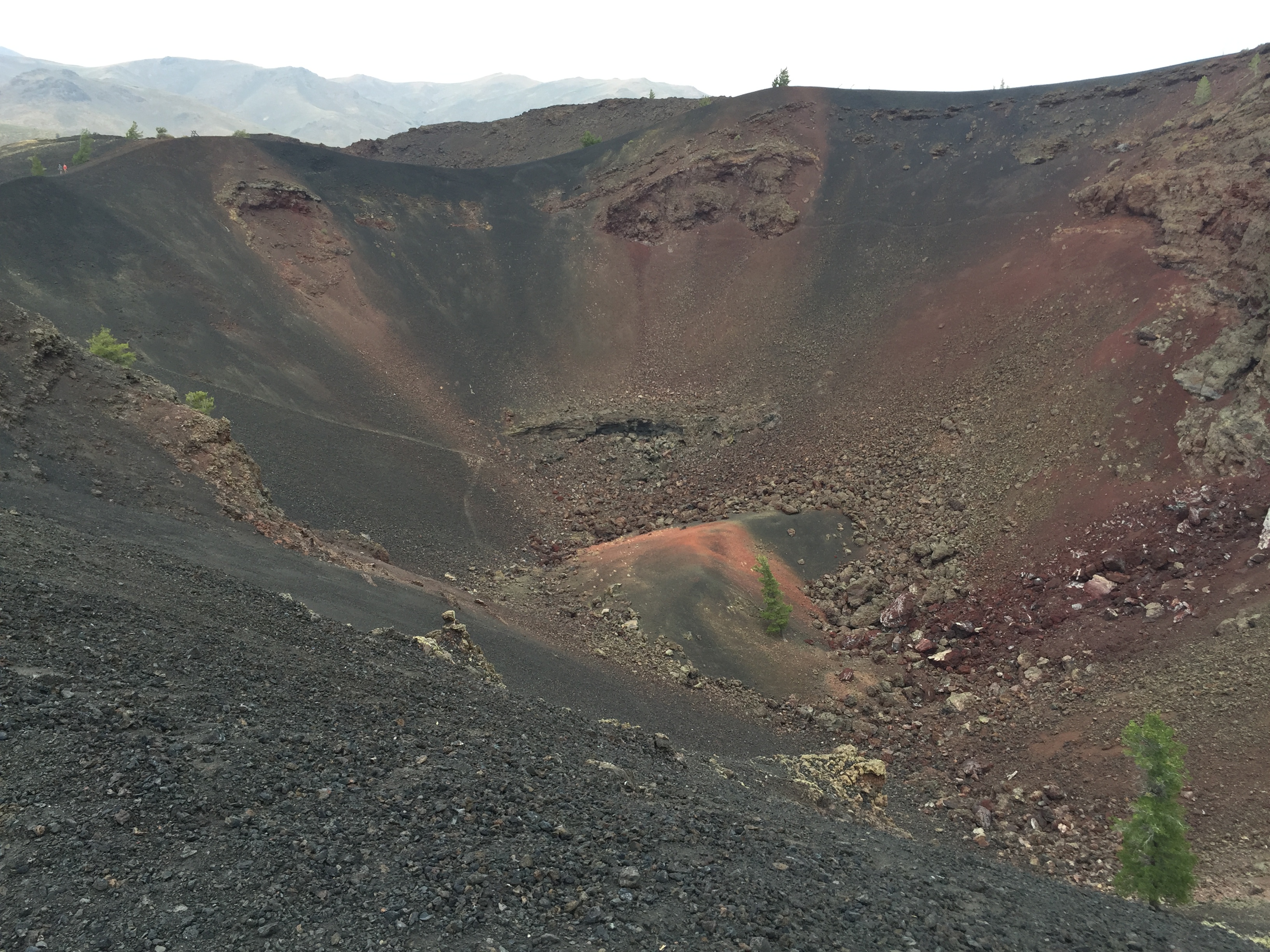
Craters of the Moon WildernessThe Craters of the Moon Wilderness encompasses over 43,000 acres of land within the park and is accessible only by trail for those seeking solitude. 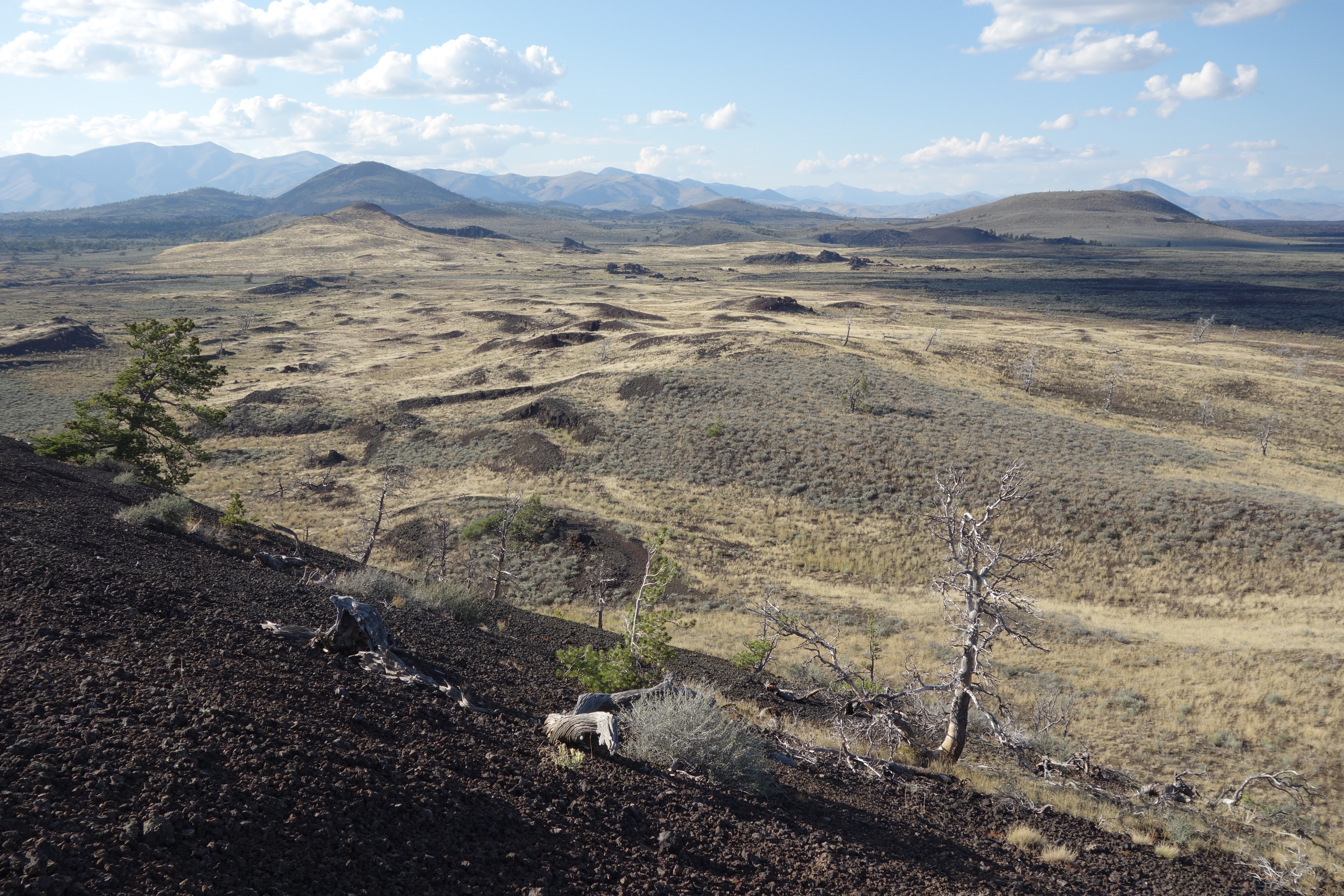
Craters of the Moon, the Oregon TrailIn 1862 an emigrant party asked guide Tim Goodale to lead them west from Fort Hall on the cutoff pioneered by Jeffrey. They hoped the alternate trail would enable them to reach the Salmon River gold fields more directly. Goodale succeeded in leading a group of 1,095 people, 338 wagons, and 2,900 head of stock safely from Fort Hall to Boise. In 1863, seven out of every ten wagons en route from Fort Hall to Boise took Goodale's Cutoff instead of the main Oregon Trail. Devils Orchard Nature TrailA short, wheelchair-accessible stroll through cinder beds and native vegetation. 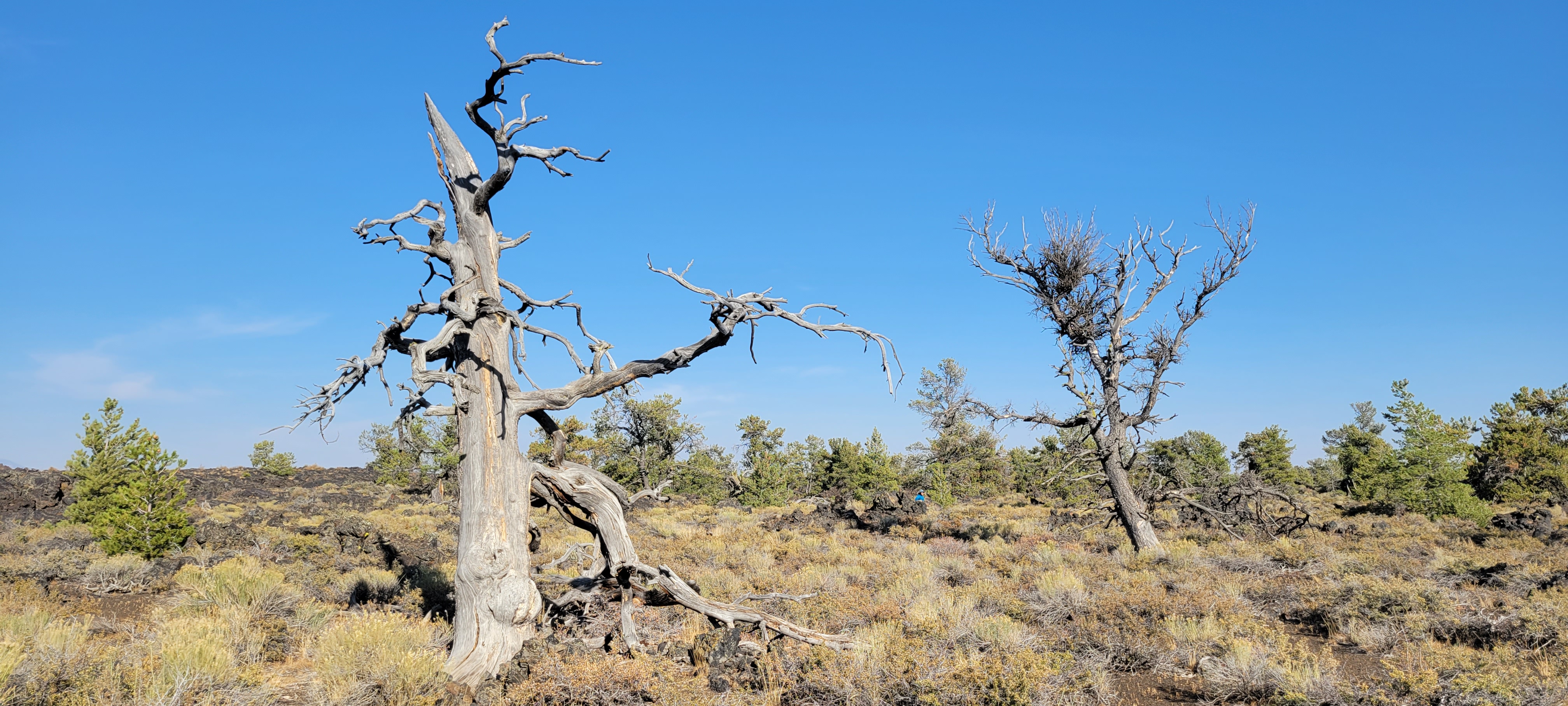
Inferno ConeA steep climb up the side of a cinder cone is rewarded with magnificent 360-degree views. 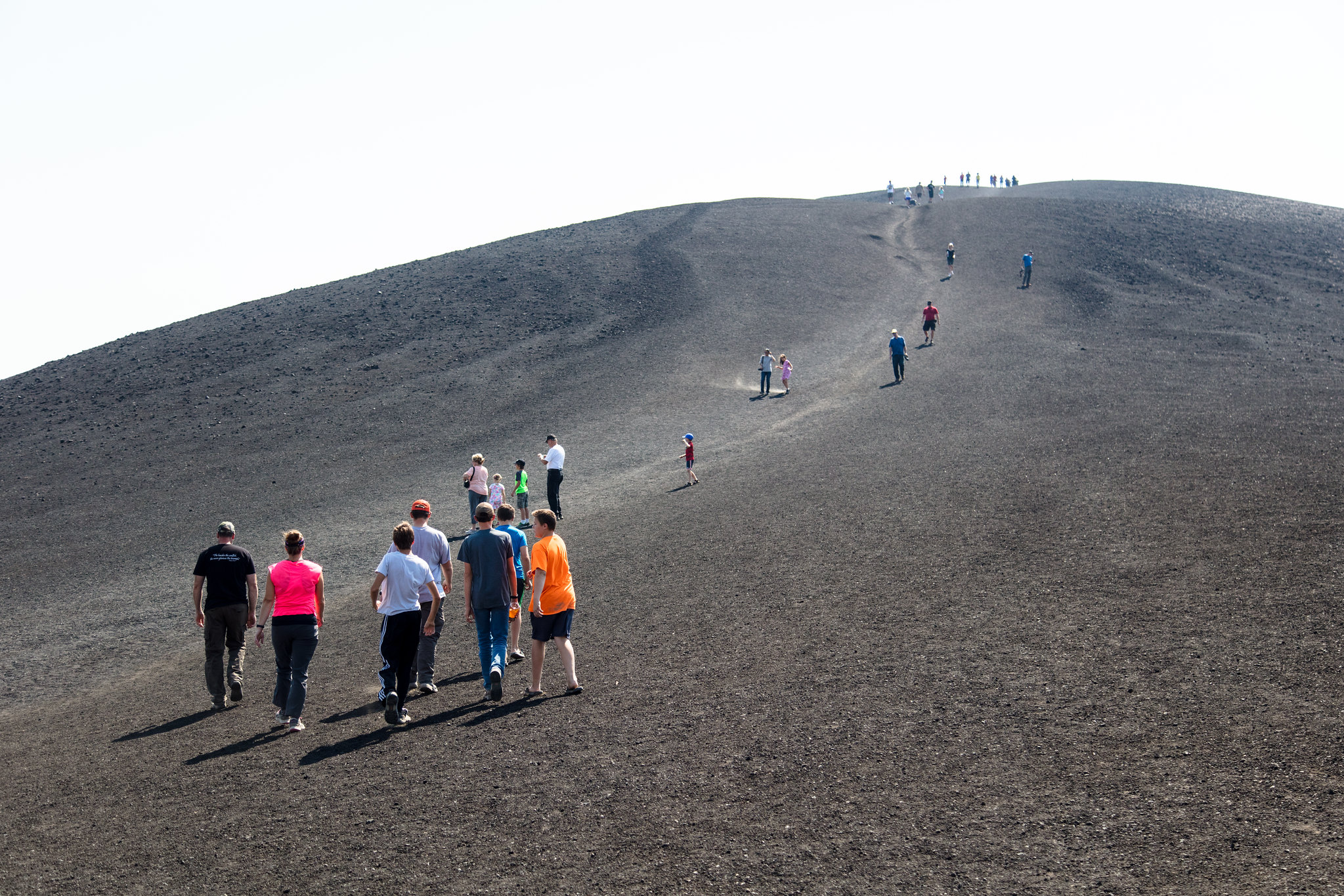
Lava TreesJust off the Wilderness Trail, see where lava surrounded living trees to leave behind impressions of trunks and branches in the rocks. 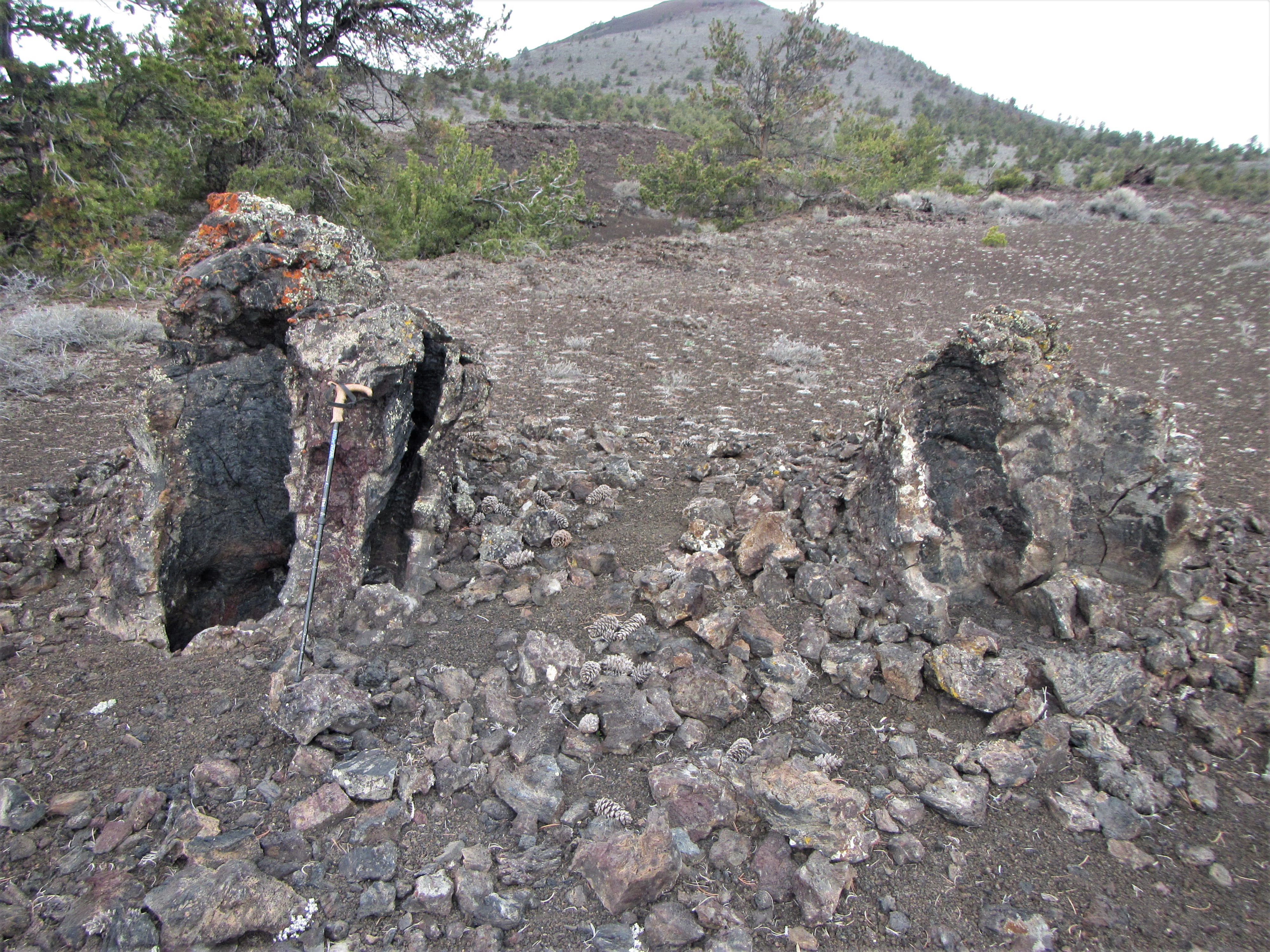
NPS Preserve and BLM MonumentA network of primitive roads through the park service and Bureau of Land Management (BLM) portions of the preserve offers backcountry driving opportunities and access for those with high-clearance, 4-wheel-drive vehicles. 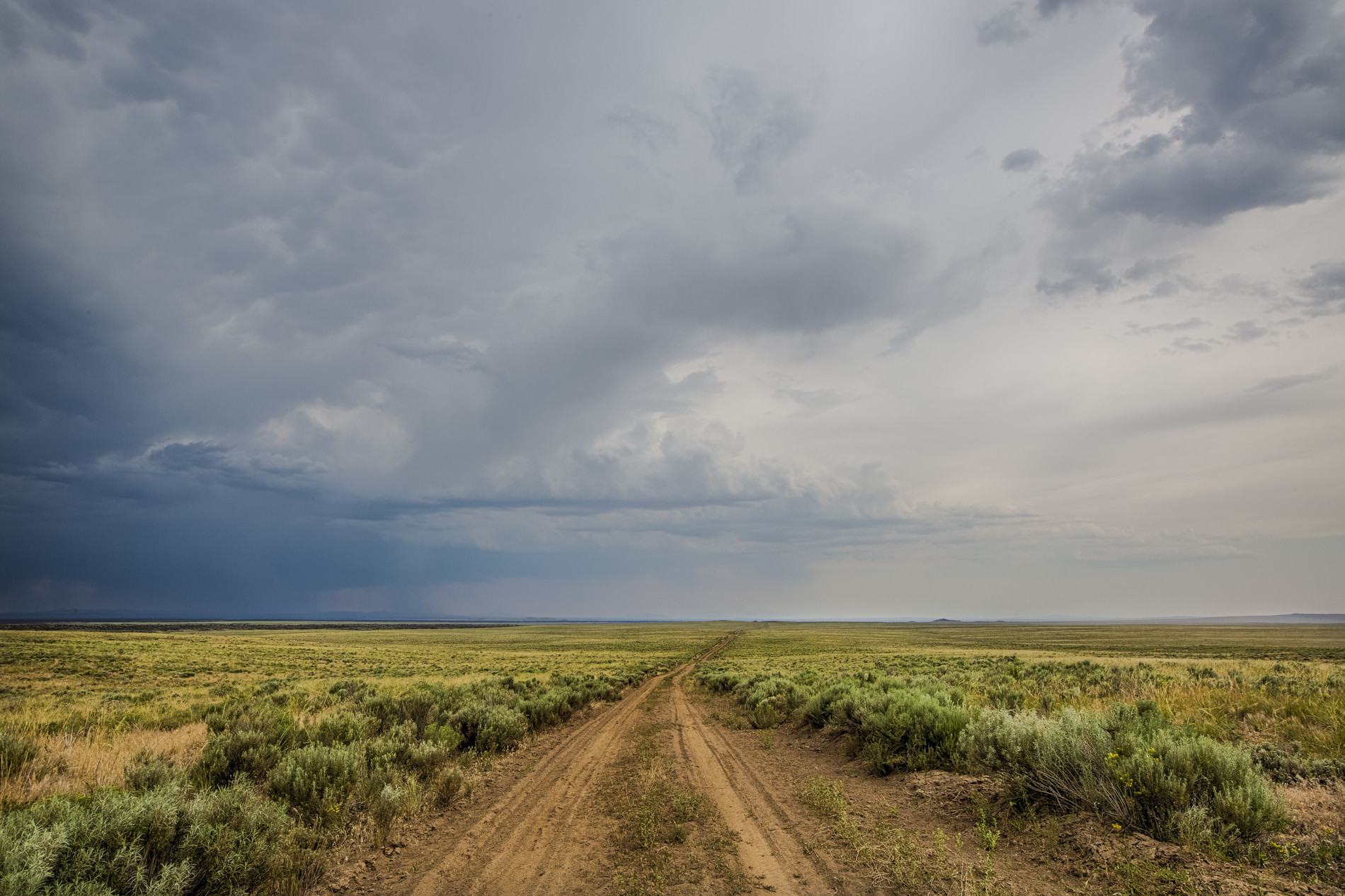
North Crater Flow TrailA short paved trail winds through a pahoehoe lava flow. This is an excellent introduction to the Craters of the Moon landscape. 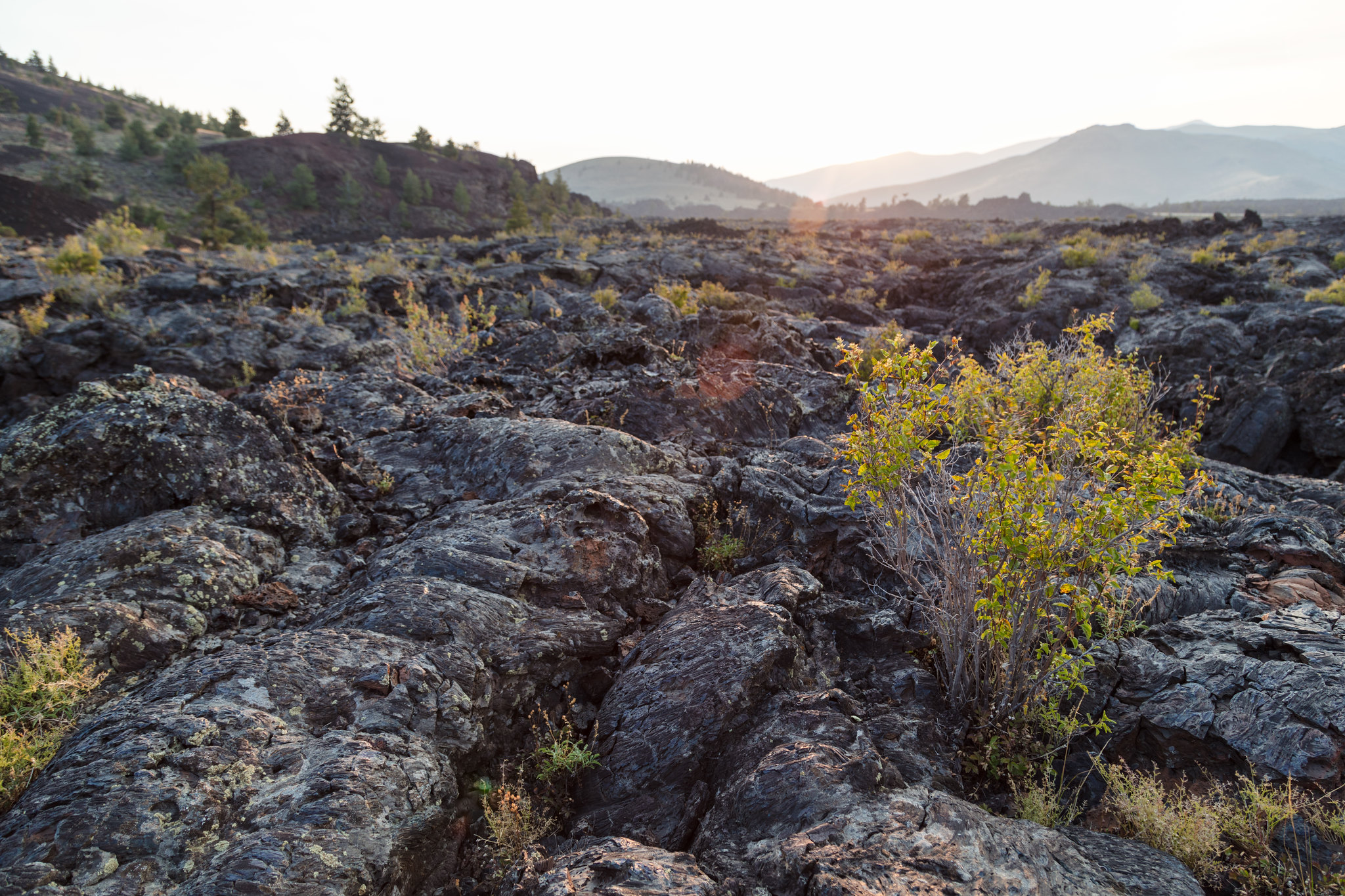
Spatter ConesPeer into the vents of these miniature volcanoes, formed during the dwindling stages of eruption. 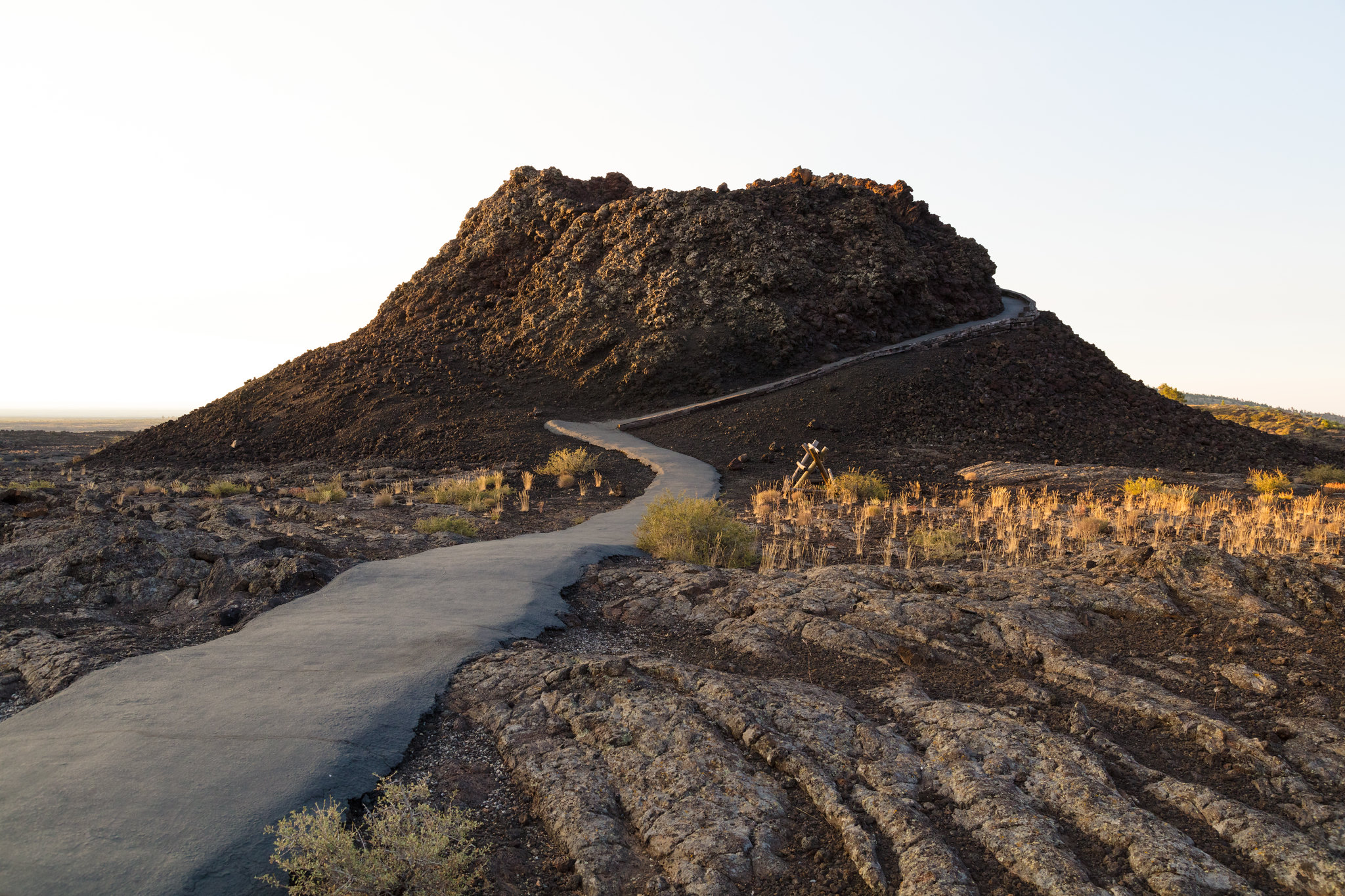
|
| Visitor Centers | Count: 1
Robert Limbert Visitor Center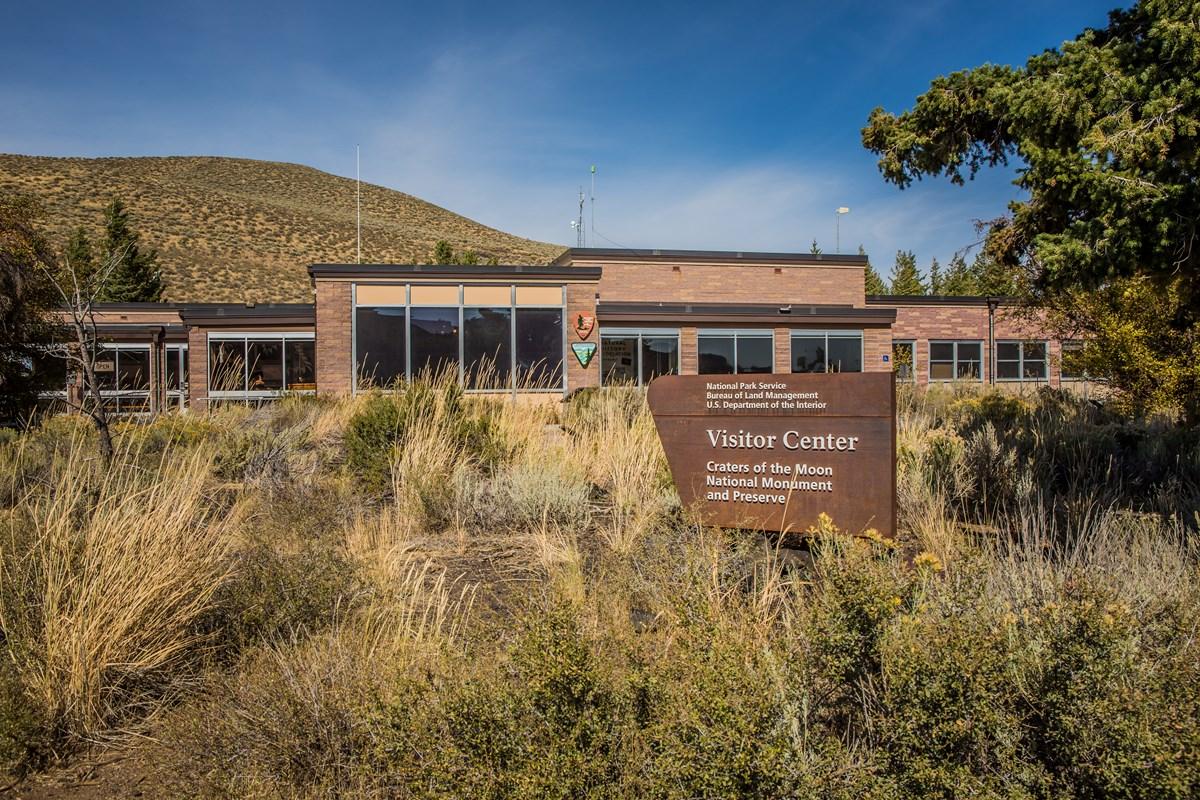
|
| Things to do | Count: 11
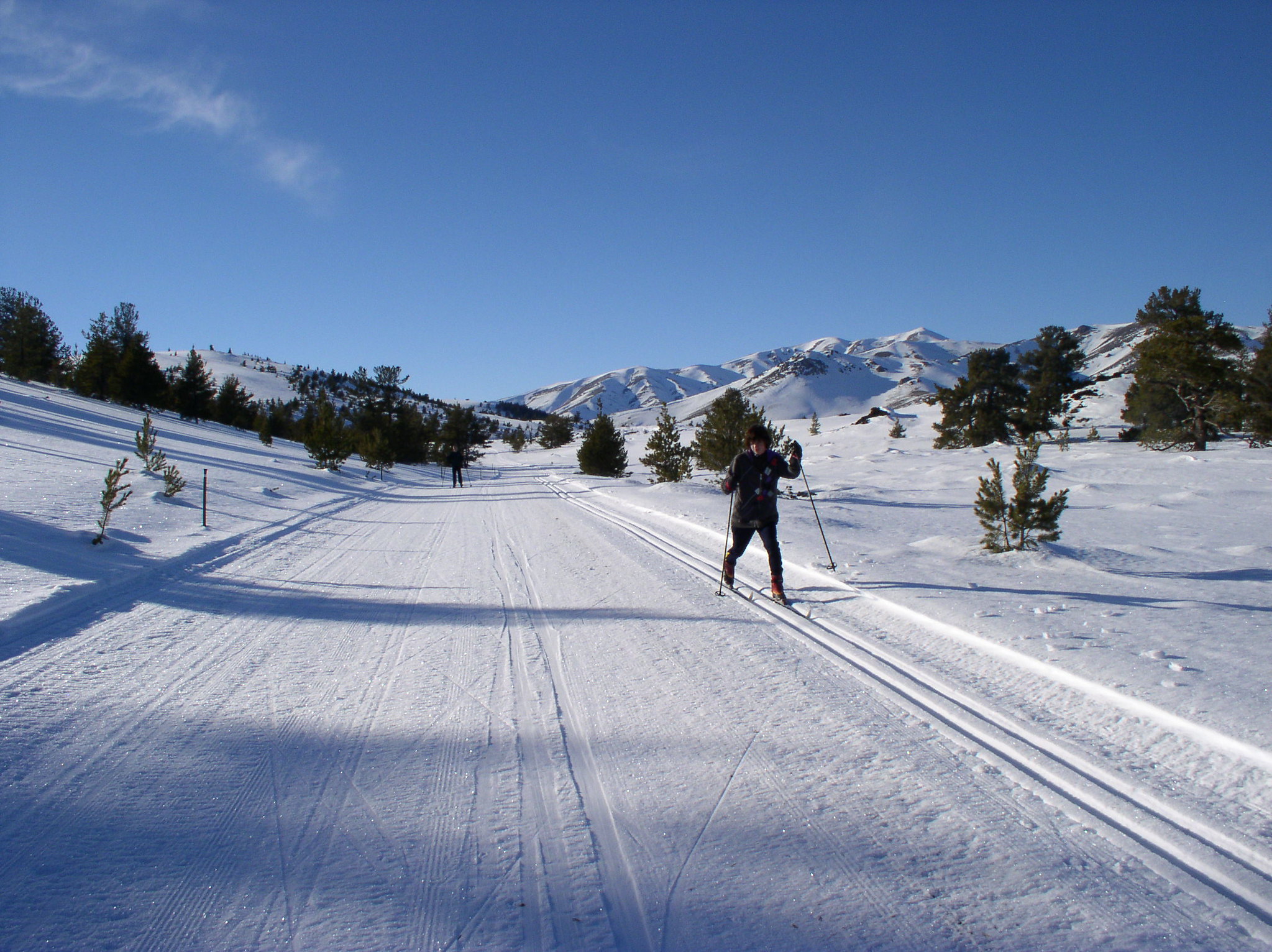
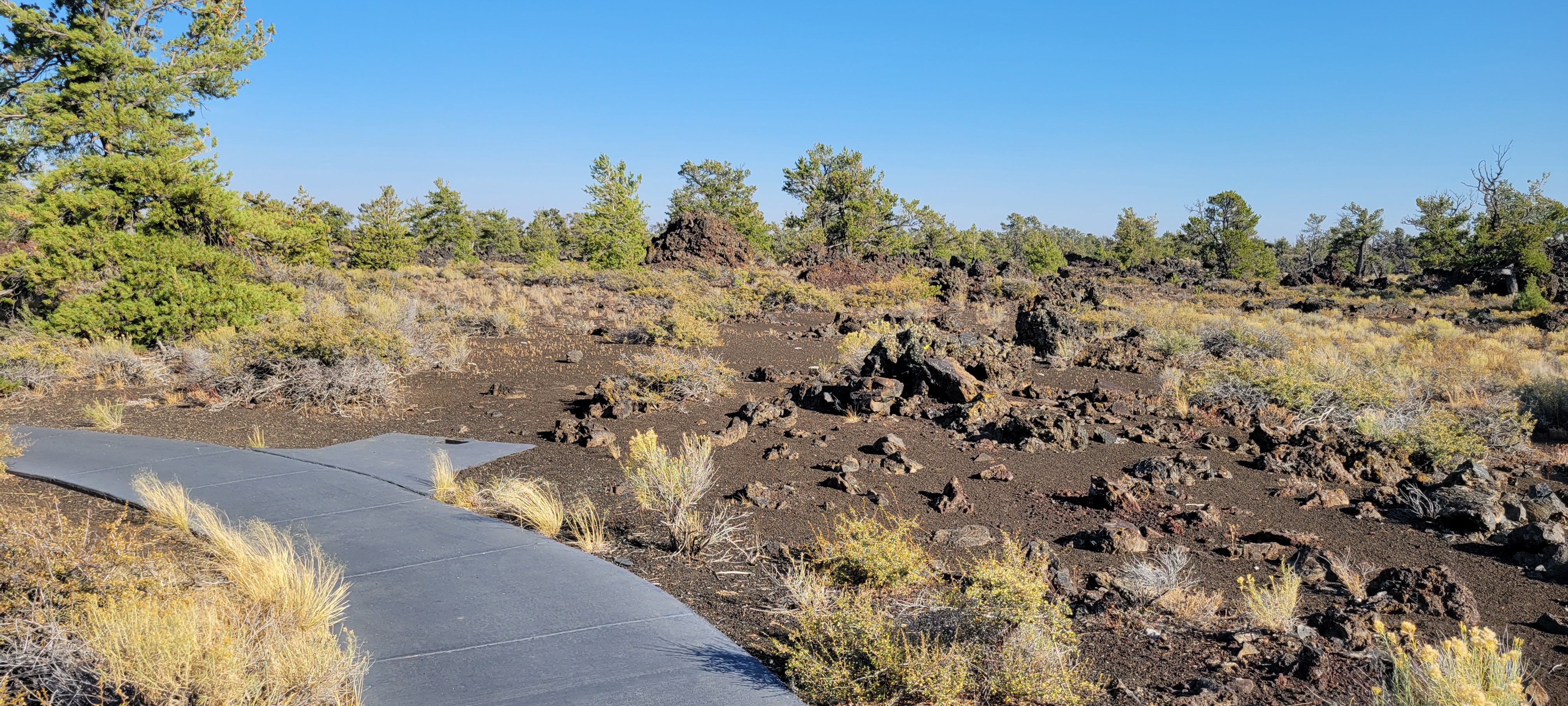
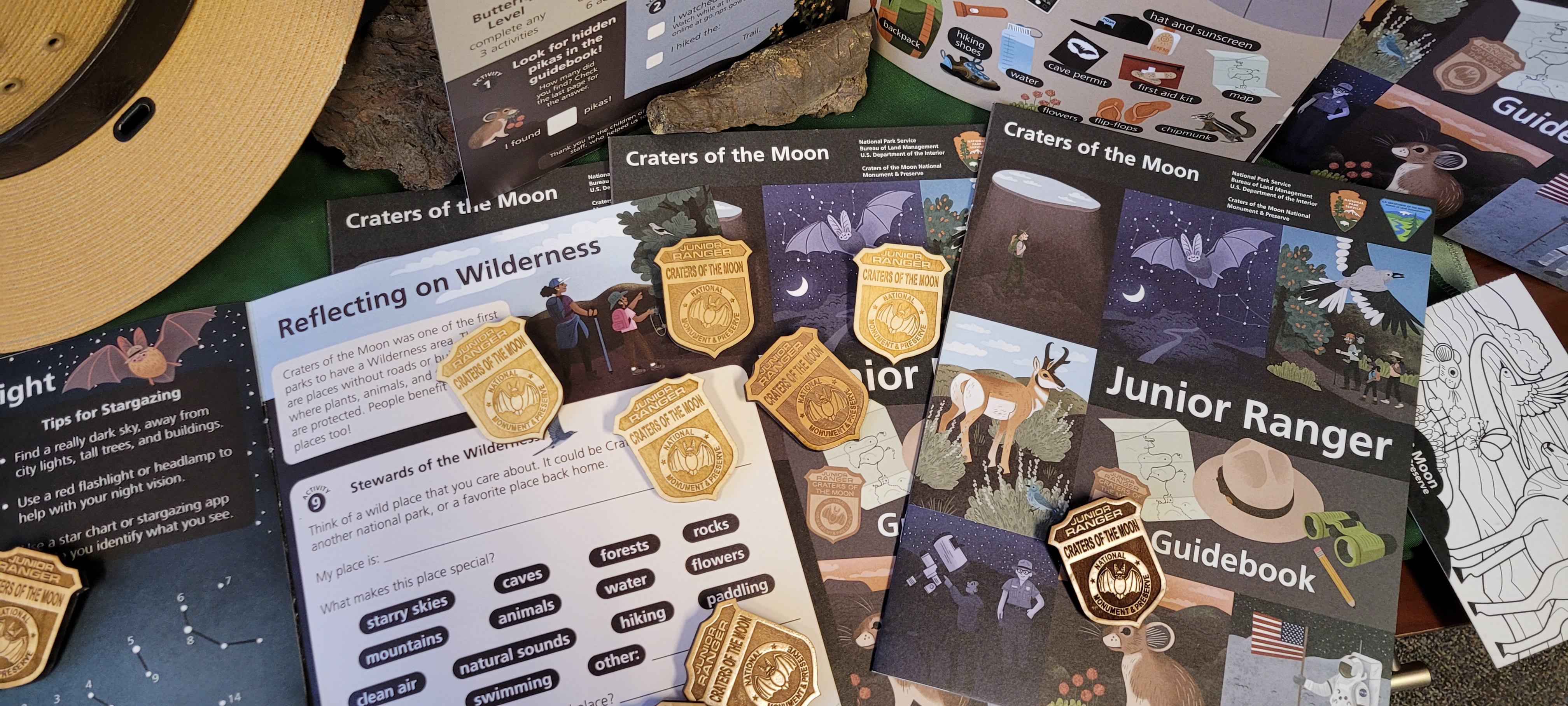
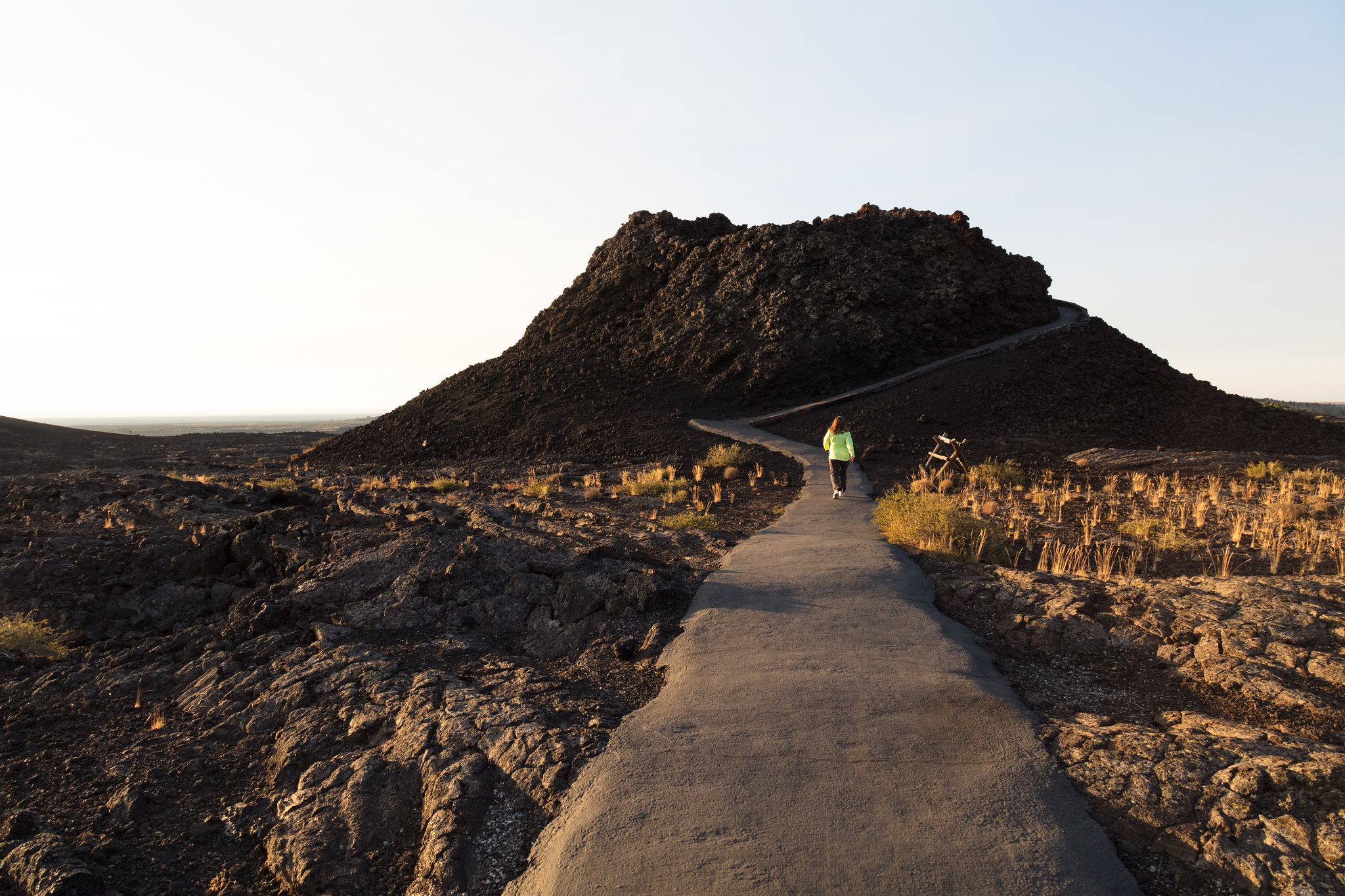
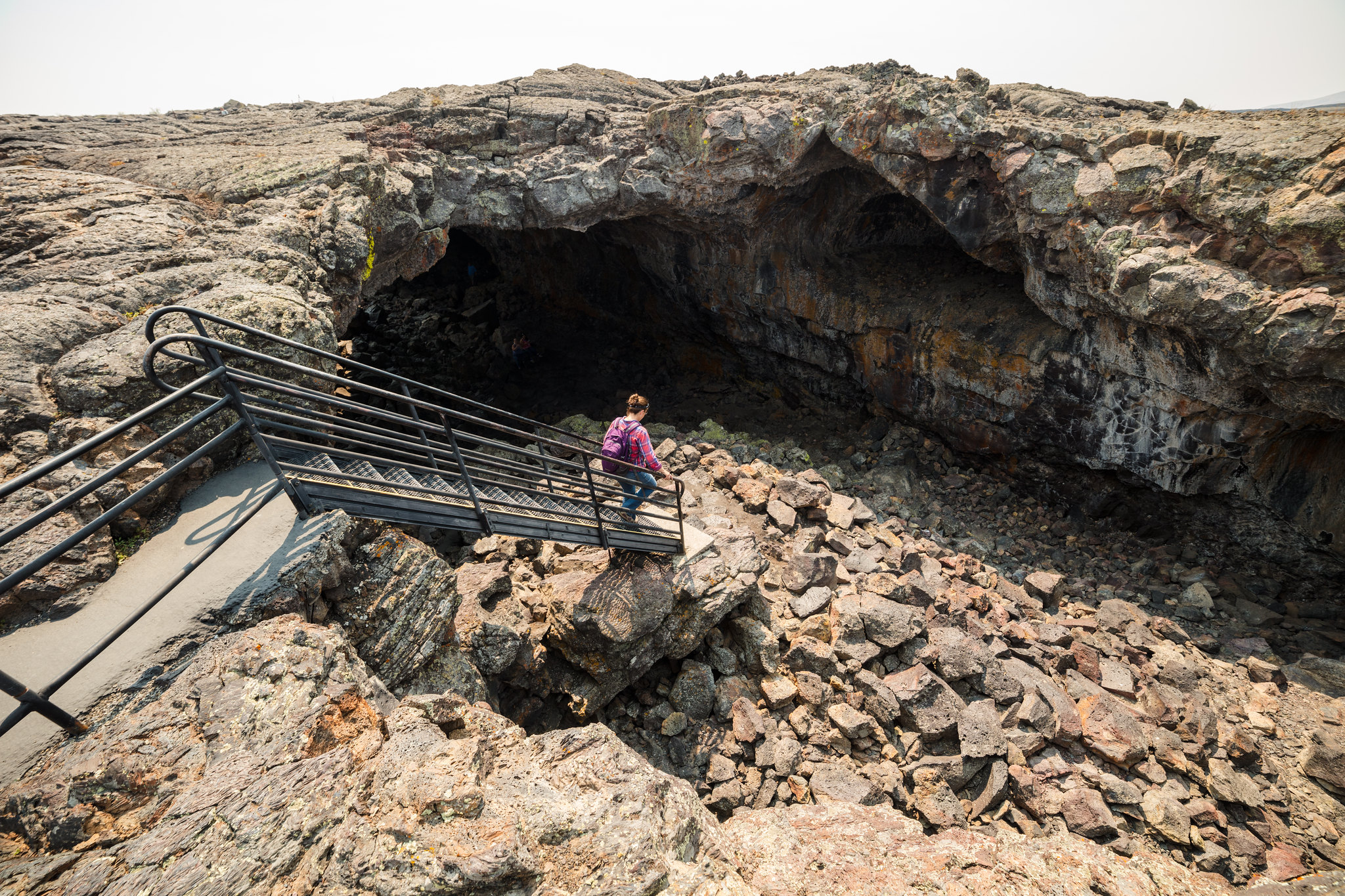
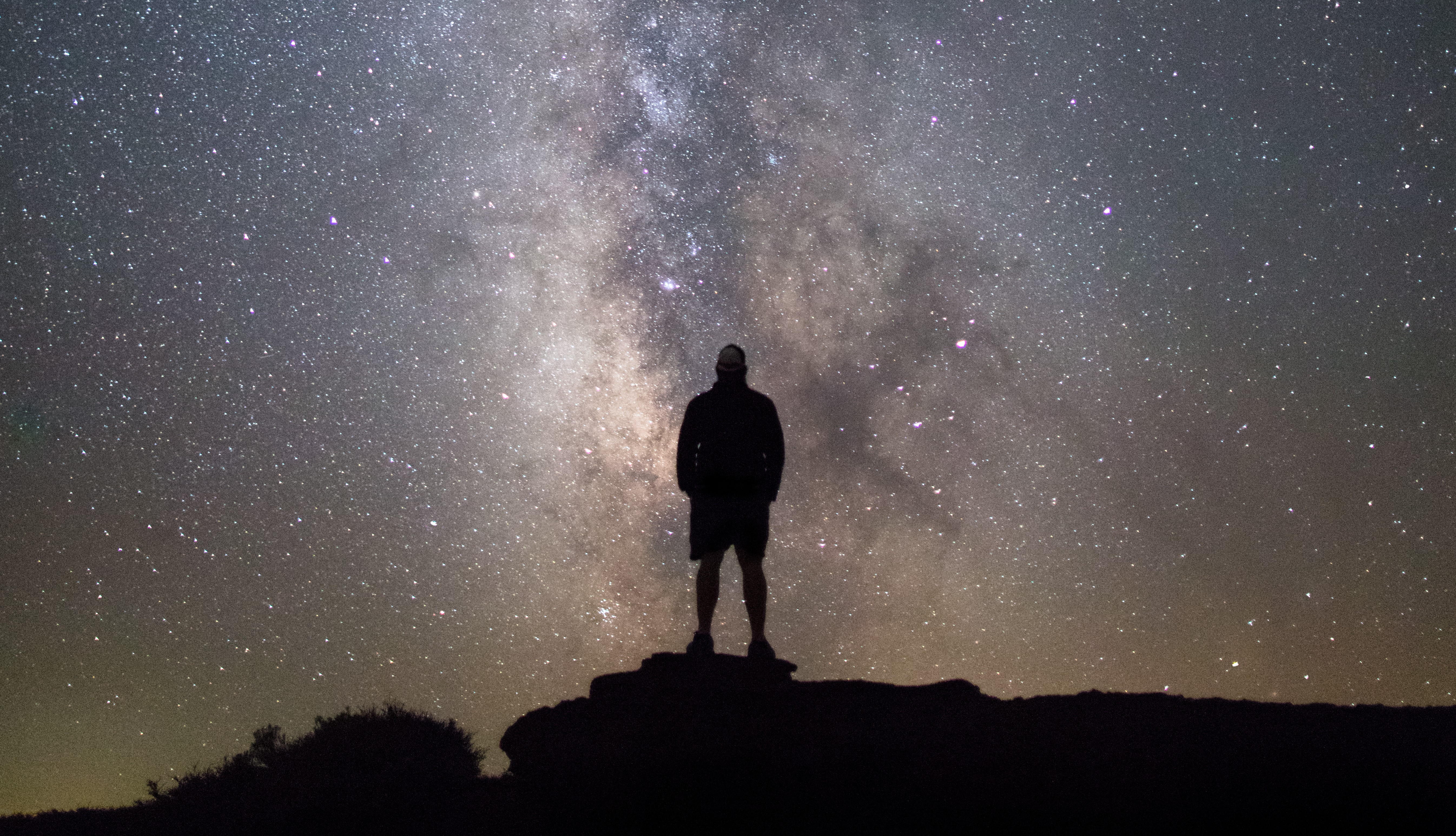
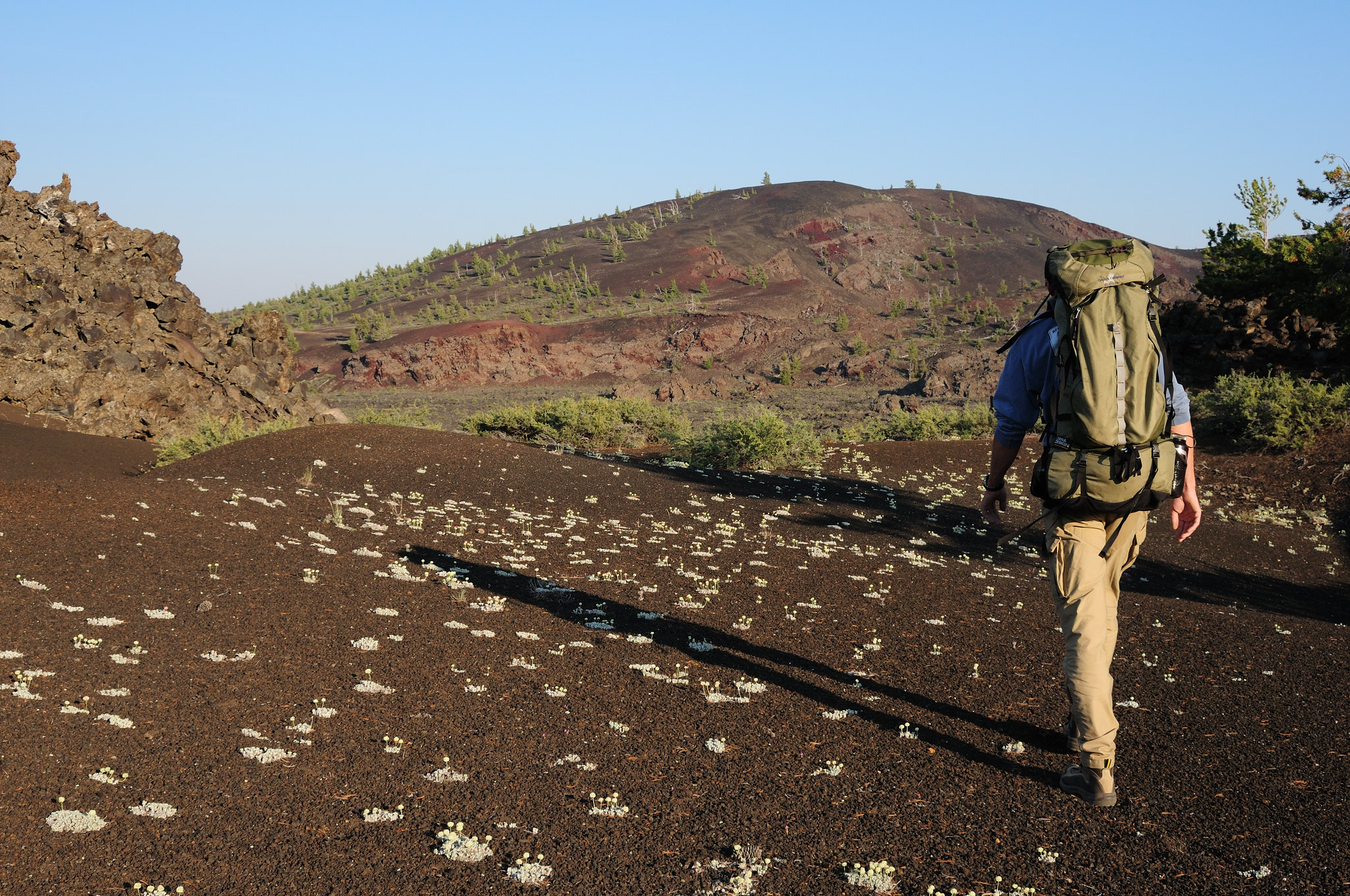
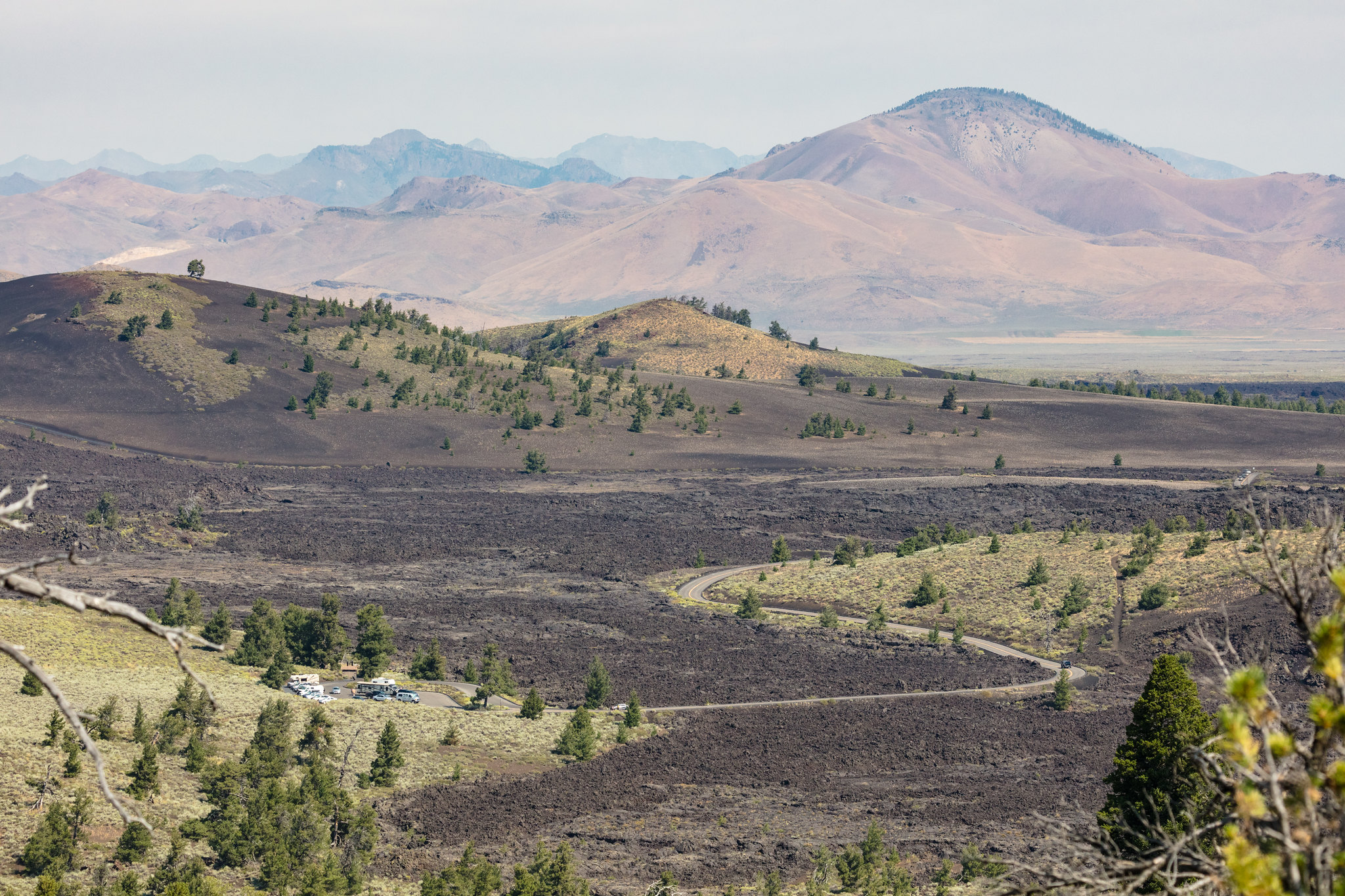
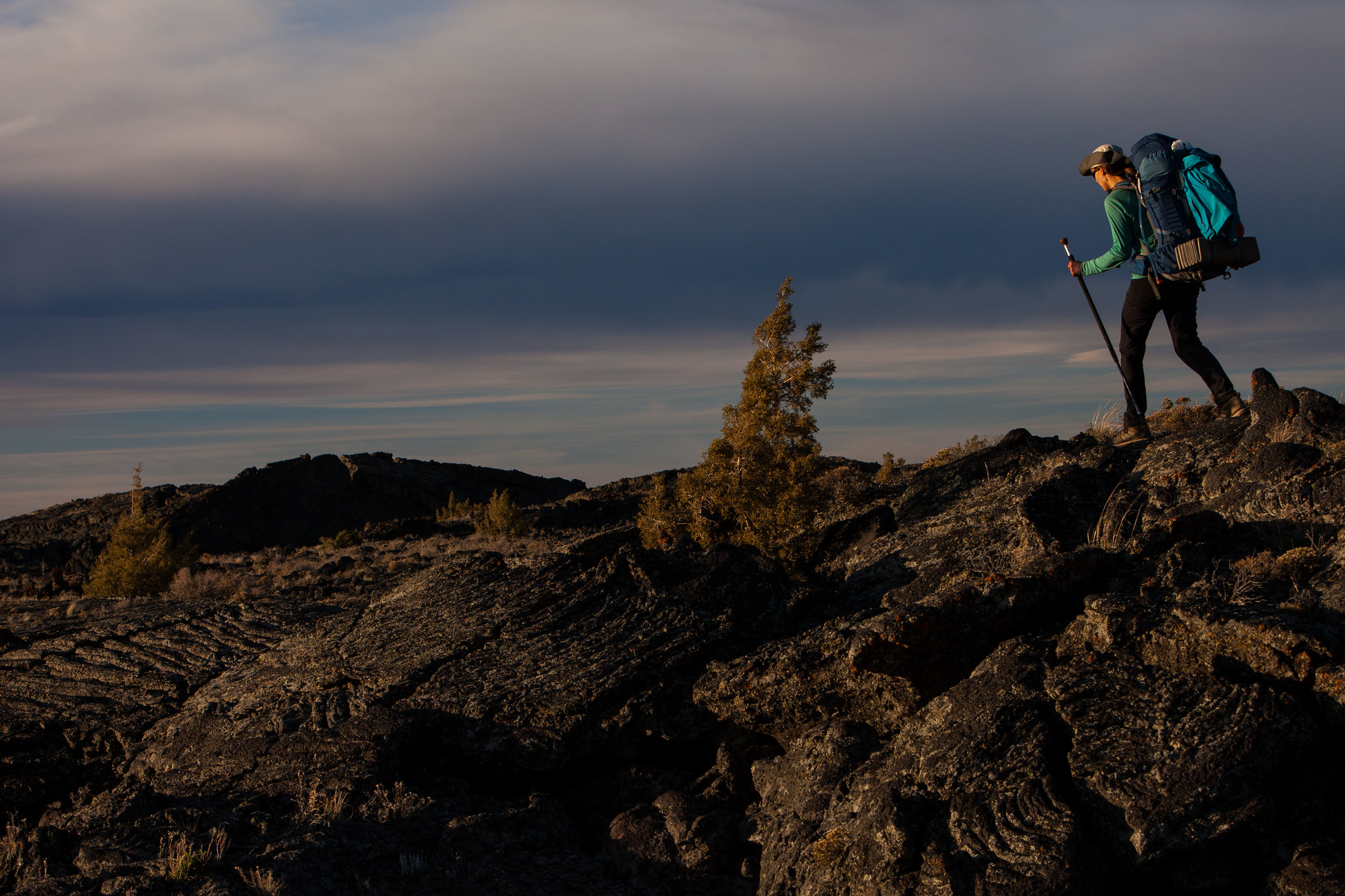
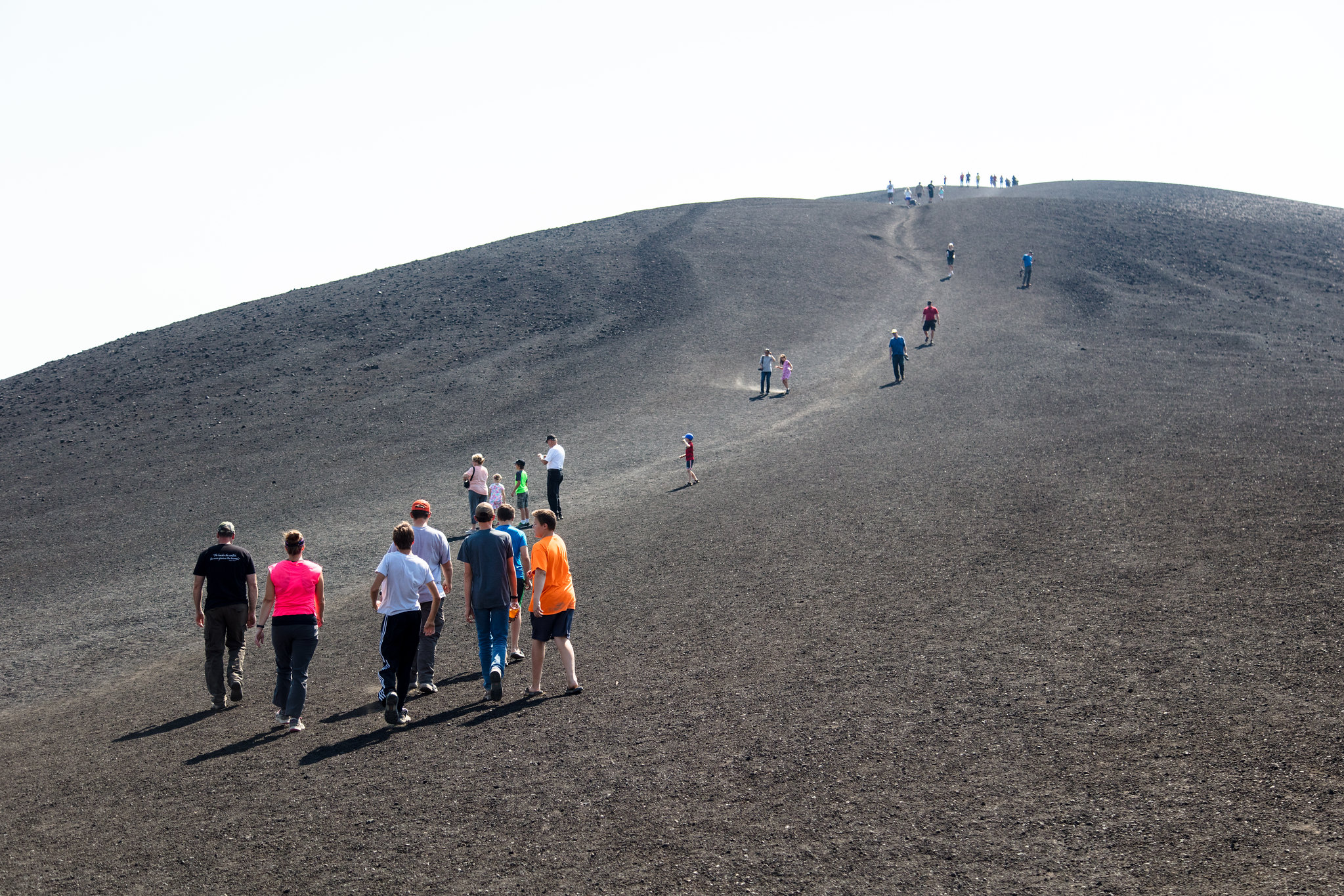
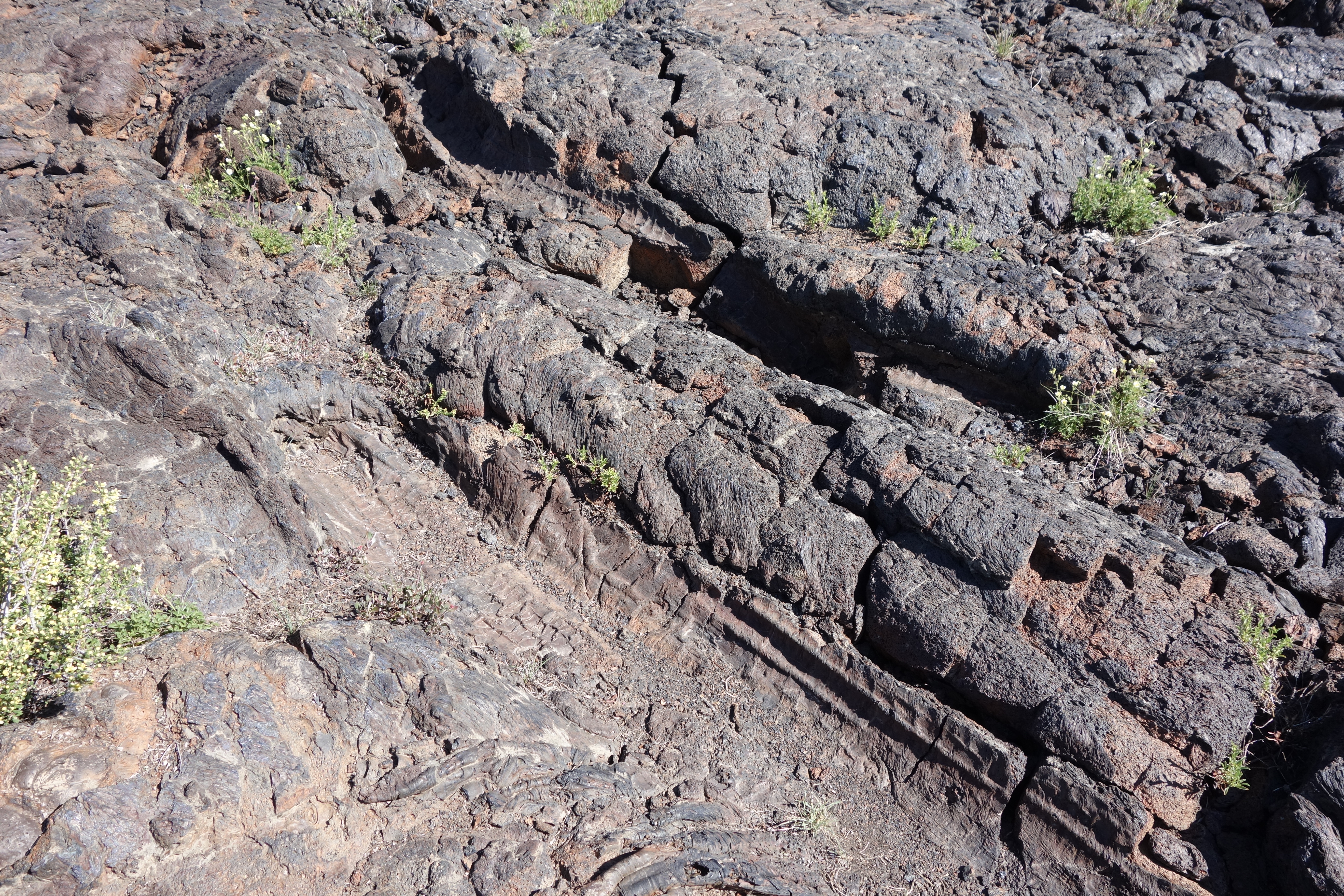
|
| Tours |
Count: 0
|
| Articles |
|